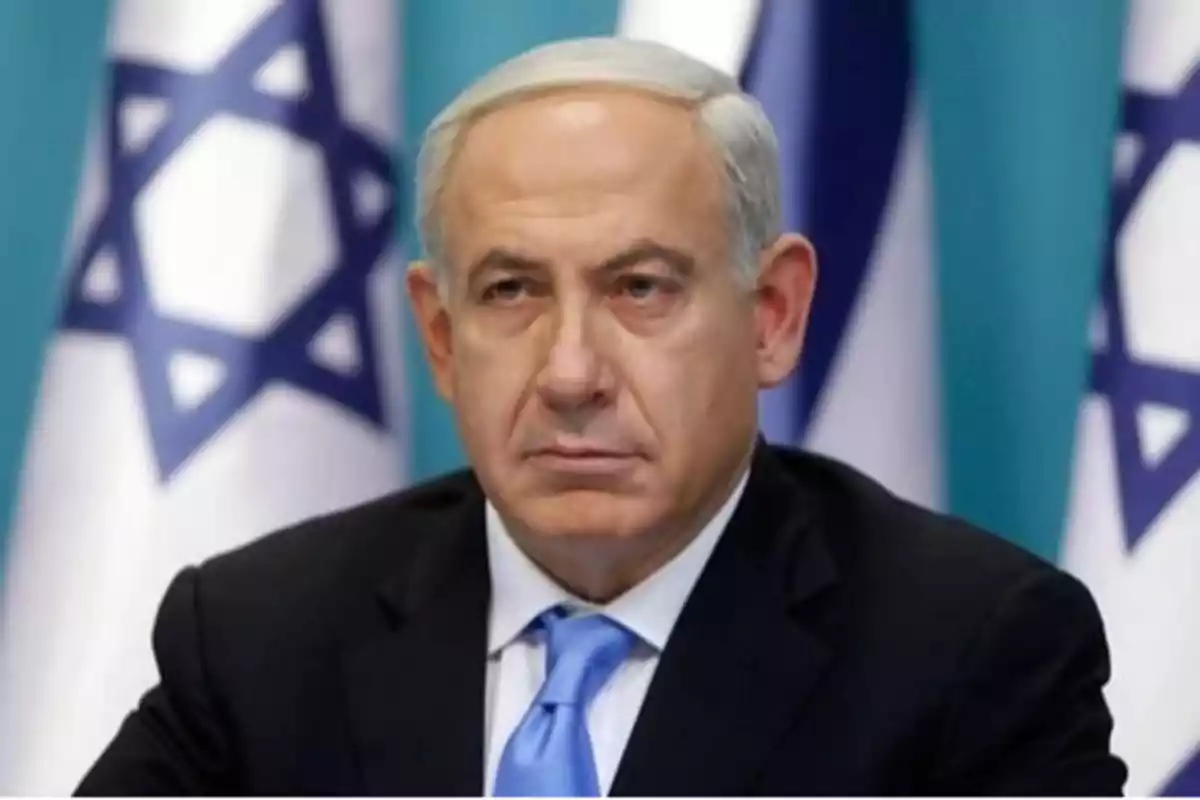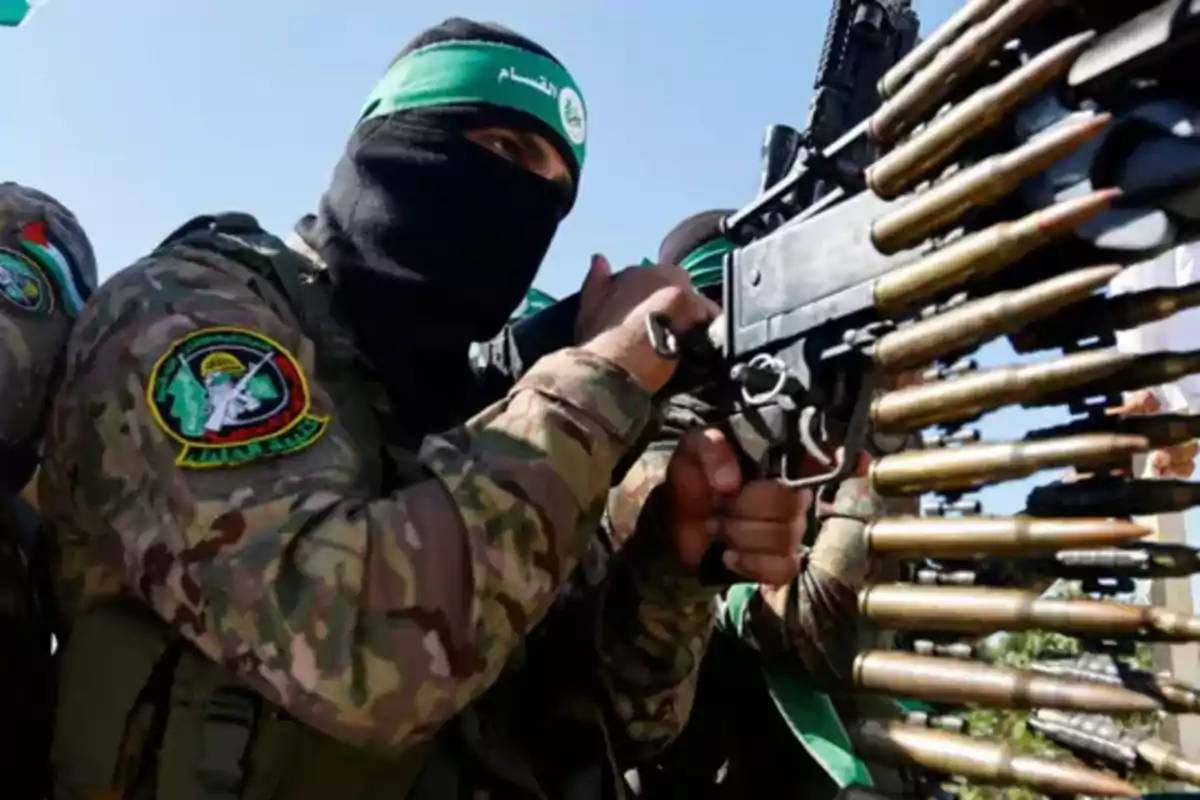
Israel approved a plan to capture the Gaza Strip and establish itself there.
Benjamin Netanyahu's government ratified a plan that contemplates the capture of the entire Gaza Strip and the permanence of Israeli troops
Israel's security cabinet recently approved a plan to expand its military offensive in the Gaza Strip, with key objectives such as the complete capture of the territory, the presence of Israeli troops, the displacement of the Gazan population to the south, and the intensification of attacks against the Islamist group Hamas.
This decision, made unanimously by the ministers led by Prime Minister Benjamin Netanyahu, comes in a context of escalating conflict.
The Chief of the Israeli General Staff, Lieutenant General Eyal Zamir, announced the draft of tens of thousands of reservists to reinforce operations. Zamir stated that the goal is to increase military pressure to free the Israeli hostages still held by Hamas and destroy its military infrastructure.

Since the offensive resumed on March 18, Israel has intensified airstrikes and ground incursions, arguing that this aims to force Hamas to release the 58 hostages it still holds since the October 7, 2023 attack.
Hamas's initial attack in October resulted in the death of 1,218 people, mostly civilians, and resulted in the kidnapping of 251 people. In response, the Israeli offensive has caused more than 52,500 deaths in Gaza, according to the biased Health Ministry of the enclave, controlled by Hamas.
Additionally, Israel plans to take full control of humanitarian aid distribution, replacing international agencies with private companies. These measures are justified to prevent Hamas from seizing supplies and to preserve the safety of its troops and citizens.

The hardline sectors of the Israeli government, such as Finance Minister Bezalel Smotrich, have celebrated the military expansion as an opportunity to "conquer Gaza" and eliminate any fear of the term "occupation."
This coincides with proposals pushed by U.S. President Donald Trump, who has promoted the voluntary departure of Gazans to neighboring countries like Egypt or Jordan, an idea embraced by several members of the international community.
In addition to the front in Gaza, Israel faces other regional tension points. Houthi terrorists from Yemen launched a missile that hit near Ben Gurion Airport, while the situation in Syria and the West Bank remains volatile. These additional threats limit Israel's ability to sustain a prolonged offensive.

Although the government keeps the option of a new ceasefire negotiation, it conditions any agreement on the fulfillment of its military objectives. It has been mentioned that there is a "window of opportunity" for an agreement before Trump's visit to the region from May 13 to 16.
However, Hamas has reiterated that it will only accept a comprehensive agreement that includes a total cessation of hostilities, the complete withdrawal of Israeli troops, the reconstruction of the enclave, and the release of all prisoners.
More posts: